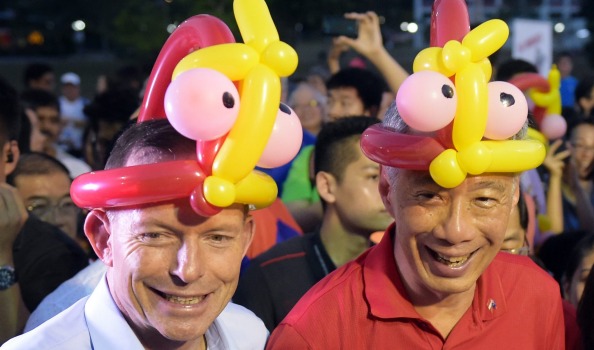10 August 2015
Greg Earl
Australian Financial Review
The construction industry and farm exporters will be the probable first beneficiaries of a plan by the Abbott government to create a free market between Singapore and Australia modelled on this country’s relationship with New Zealand.
The two countries are working on mutual recognition of standards for construction products and agribusiness over the next year to give some substance to a plan to create a Closer Economic Relations-style market within 10 years.
Trade in goods and services between the two countries is already greatly liberalised, but the new plan would harmonise standards across many sectors.
Prime Minister Tony Abbott committed to the CER-style broadening of ties between the two countries during his visit to Singapore a month ago and underlined the significance of the commitment by saying he wanted people to be able to move easily between Australia and Singapore, as is the case now with New Zealand.
Discussions between government and business representatives have identified construction and agribusiness as two areas where progress can be made quickly and there are obvious benefits.
Both countries have experienced rising construction costs amid high housing prices and Australia is looking for capital and Asian distribution networks to deliver the government’s northern development plans.
The CER project comes as Singapore celebrated its 50th anniversary as a nation at the weekend and Australia is drawing on its stature as the first country to recognise Singapore’s independence in 1965 to build a new bilateral relationship spanning security, trade and people movement.
Trade Minister Andrew Robb, who has been given the responsibility for developing the CER idea over the next year, said: “There is a great compatibility between us and Singapore and a real opportunity to deepen the relationship in a most material way at many levels.
Economic Integration
“We are like-minded countries. Our aim is to make our relationship akin to what we share with New Zealand in terms of economic integration. The more seamless flow of capital, people, goods and services will bring great benefits to both of us.”
Opportunities for Australian involvement in aeronautics value chains was one area of focus, he said.

